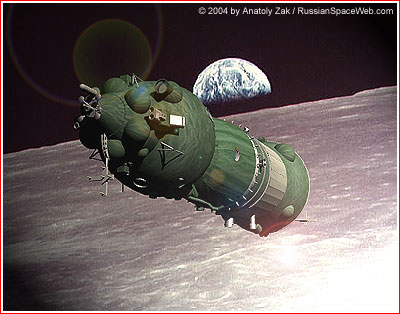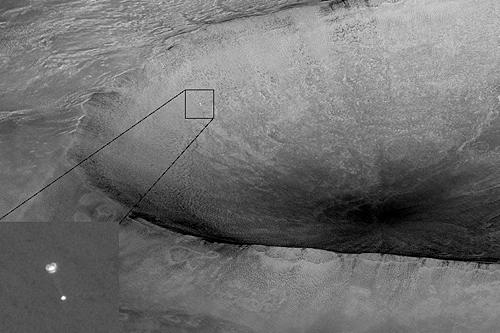Musica pilotata dai raggi cosmici. Non è una rarità. Ogni tanto qualcuno fa esperimenti del genere. Effettivamente, da quando note e frequenze possono essere espresse numericamente e inviate agli algoritmi di sintesi, la cosa non è così complessa: bisogna solo scegliere come riscalare i dati di partenza.
Da alcuni anni questi procedimenti hanno anche assunto una valenza scientifica con il nome di sonification. La trasformazione di dati di qualsiasi tipo in audio, infatti, consente di individuare più facilmente schemi ripetuti, differenze e altre caratteristiche del fenomeno su cui si indaga.
Ovviamente, dal punto di vista compositivo la faccenda assume tutto un altro aspetto. Il fenomeno fisico che origina i dati non si preoccupa minimamente di assumere un andamento che per noi possa essere sensato o significativo. Anzi, di solito il risultato è ripetitivo, noioso e monotono (spesso anche monotòno, nel senso matematico che indica movimento sempre verso la stessa direzione, per es. una curva logaritmica che sale o scende sempre approssimando un limite).
Il Kosmophono di cui parliamo è abbastanza “anziano”, essendo in attività almeno dal 2005 (sito). Si tratta di uno spettrometro a raggi gamma che opera nel range di 3-7 MeV, il cui output viene inviato al MIDI IN di un sintetizzatore.
Una breve spiegazione. La maggior parte dei raggi gamma è prodotta da fenomeni extra-solari (nello spazio lontano) di grande potenza. Le onde prodotte da tali fenomeni non sono audio (altrimenti non arriverebbero fin qui), ma fanno parte dello spettro elettromagnetico (come le onde radio e la luce che vediamo). Inoltre ne occupano la parte più bassa in termini di lunghezza d’onda (< 0.006 nanometri = 6 millesimi di milionesimo di millimetro), che equivale alle frequenze più alte, circa 5×1019 Hz e sono anche molto dannose per noi.
Fortunatamente, non arrivano fino al suolo ma si infrangono sugli strati alti dell’atmosfera e sono queste collisioni che lo spettrometro rileva. Ognuno di questi eventi produce una emissione di energia che viene misurata e convertita da un ADC a 12 bit di cui i 7 più alti vengono utilizzati come pitch MIDI e i 4 seguenti come velocity (l’ultimo bit si butta via).
Il player è un sintetizzatore MIDI, di solito un Roland JX-305 o un Alesis QSR.
Ora si può ascoltare una singola sequenza inviata al Roland. Essendo una sequenza singola è monofonica e piuttosto noiosa, però serve per capire il range e la densità degli eventi. È un MP3.
Percettivamente, le cose cambiano quando si sovrappongono due sequenze. La sovrapposizione non è in tempo reale. Semplicemente vengono mandate alla porta MIDI due sequenze salvate in tempi diversi (una è la sequenza precedente). Ne consegue che le due sequenze sono del tutto scorrelate, però è interessante notare che il nostro sistema percettivo (almeno quello di chi è abituato ad ascoltare un certo tipo di musica contemporanea) tende a fabbricare delle correlazioni. In effetti, complice anche il fatto che qui si utilizzano due timbri diversi, questo frammento è più interessante del precedente.
Un’altra sovrapposizione di varie sequenze a cui sono assegnati diversi timbri, ma tutti riconducibili a suono “biologici” (uccelli, insetti, miagolii, etc). Il risultato è decisamente piacevole perché tutti i suoni ricadono in una ben determinata tipologia e il nostro cervello ha gioco facile nel costruire delle connessioni e interpretare il tutto come un paesaggio sonoro abbastanza coerente.
Nel sito del Kosmofono potete ascoltare vari altri esempi.





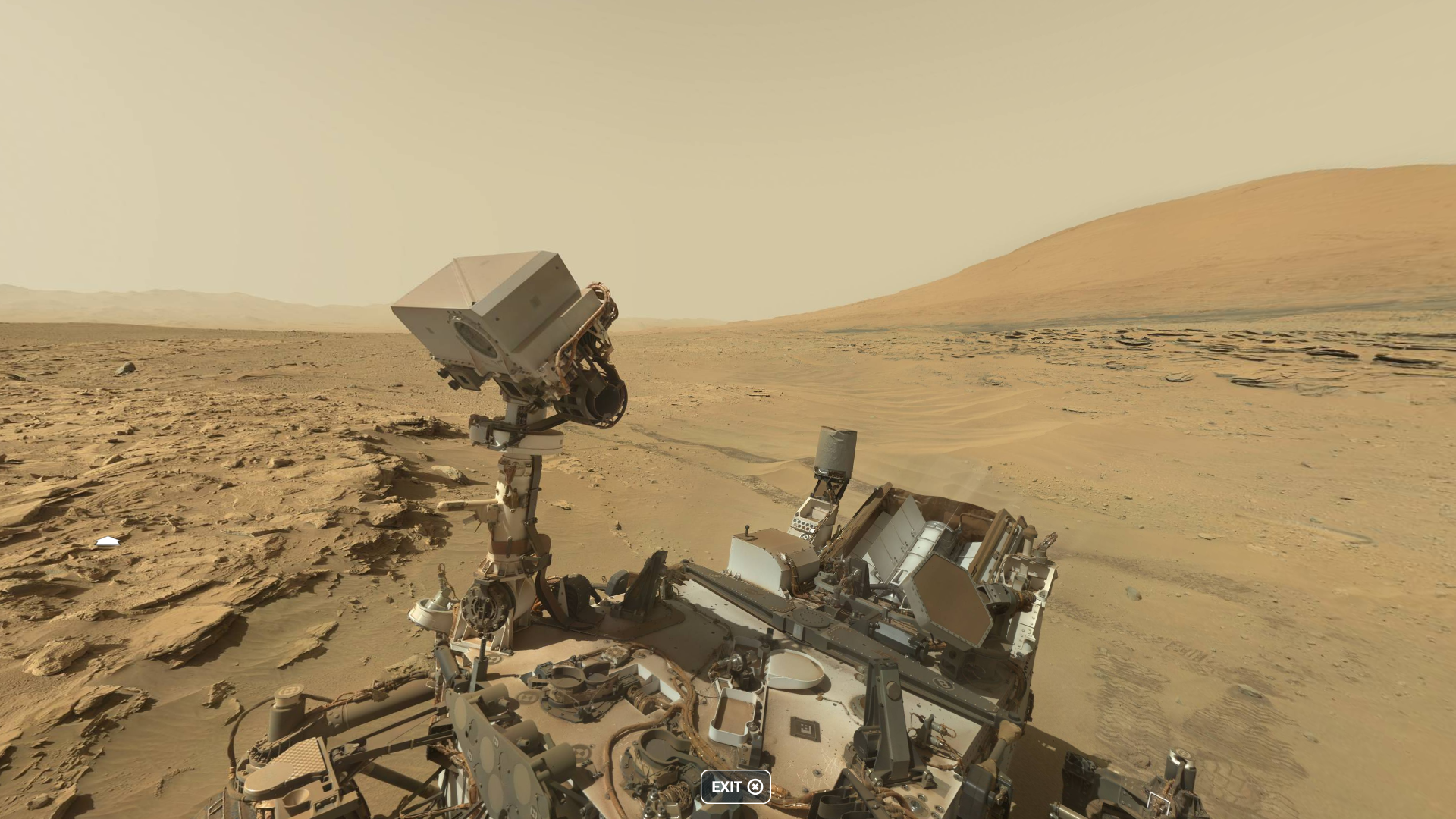


 Douglas Trumbull è uno dei più prestigiosi creatori di effetti speciali per il cinema. Ha partecipato a film come 2001 Odissea nello Spazio, Blade Runner, Incontri ravvicinati del terzo tipo, Star Trek. Il suo team ha costruito i modellini delle astronavi che ruotano a tempo di valzer e il panorama apocalittico della città di Blade Runner.
Douglas Trumbull è uno dei più prestigiosi creatori di effetti speciali per il cinema. Ha partecipato a film come 2001 Odissea nello Spazio, Blade Runner, Incontri ravvicinati del terzo tipo, Star Trek. Il suo team ha costruito i modellini delle astronavi che ruotano a tempo di valzer e il panorama apocalittico della città di Blade Runner.

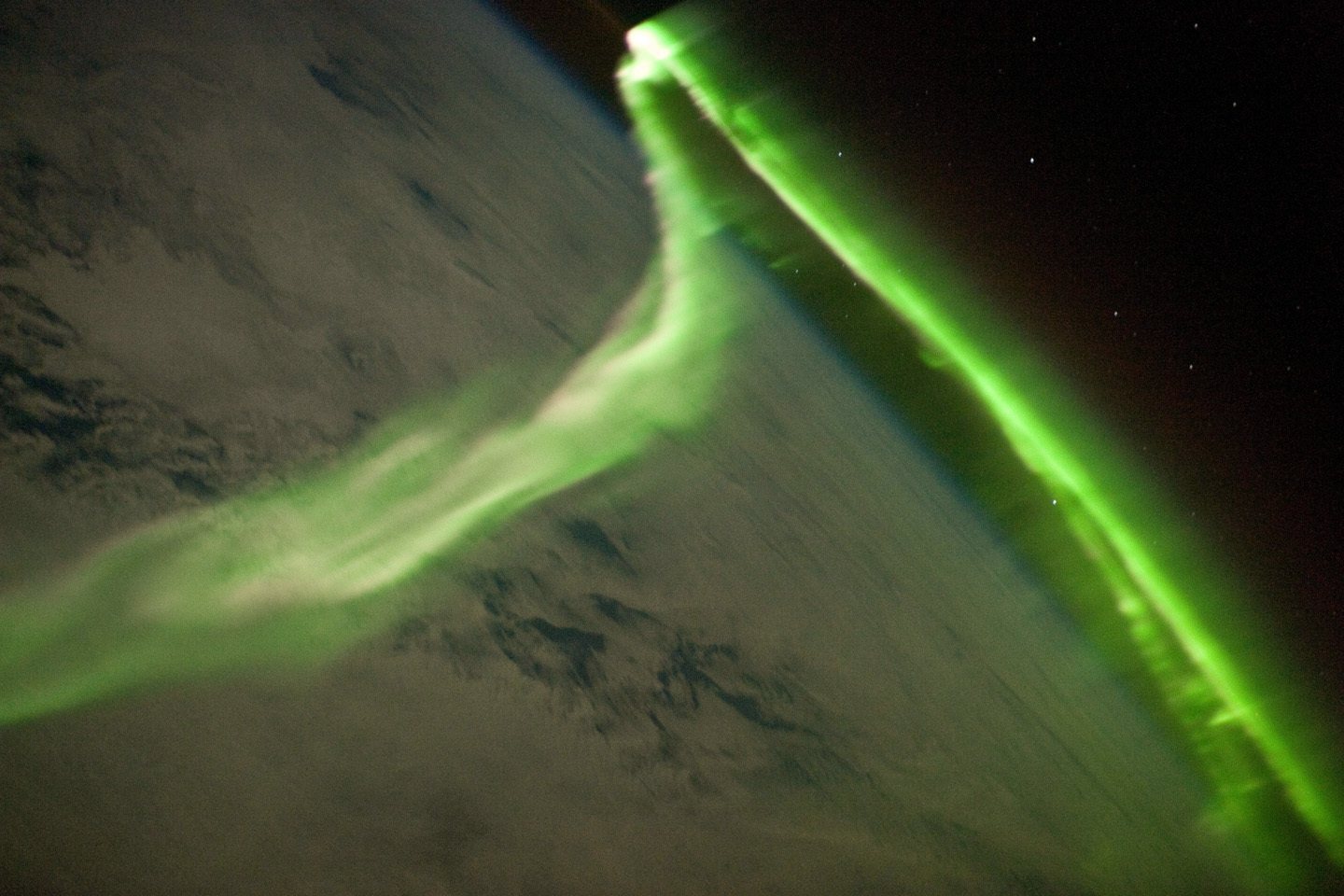
 Google celebra i 20 anni del
Google celebra i 20 anni del 


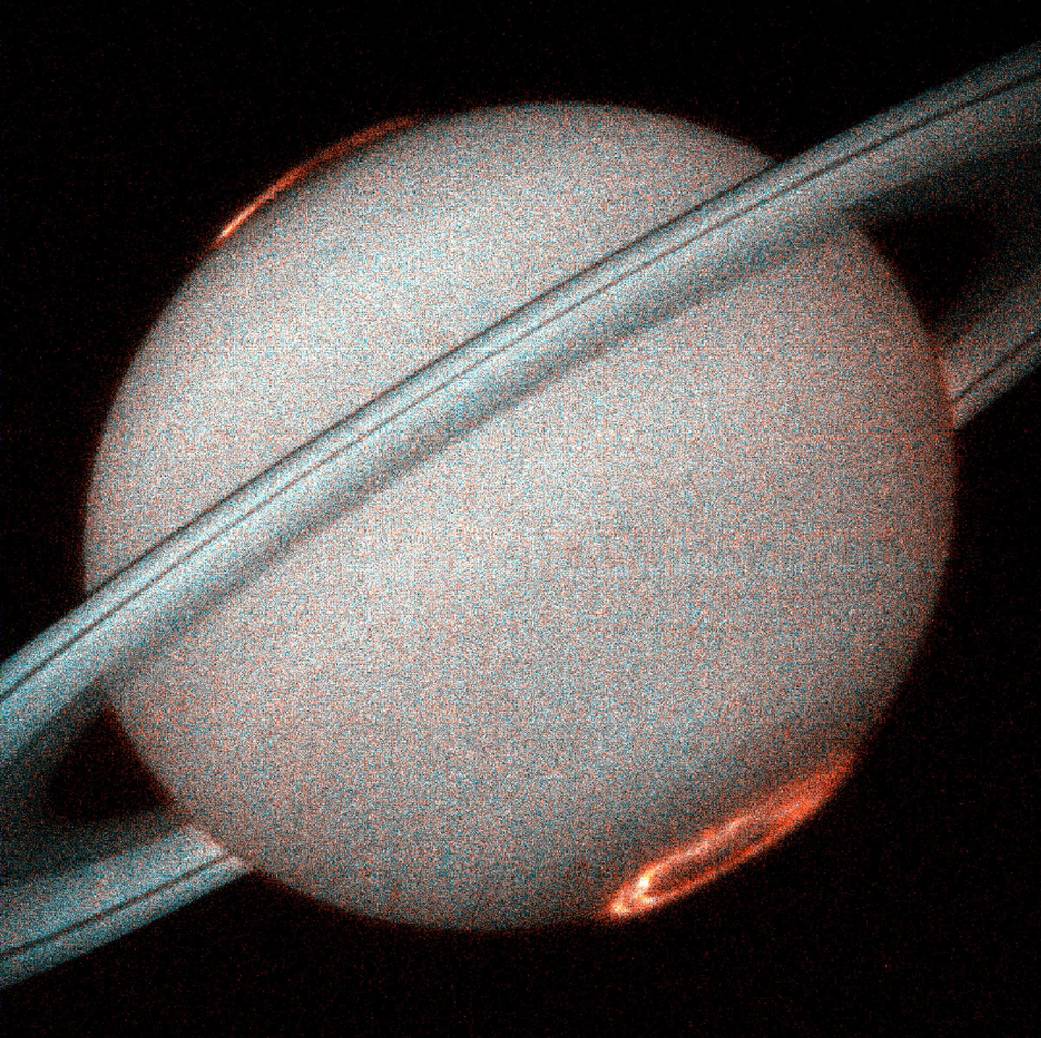 From the
From the  In the August and September 1977, two Voyager spacecraft were launched to fly by and explore the great gaseous planets of Jupiter and Saturn.
In the August and September 1977, two Voyager spacecraft were launched to fly by and explore the great gaseous planets of Jupiter and Saturn.
